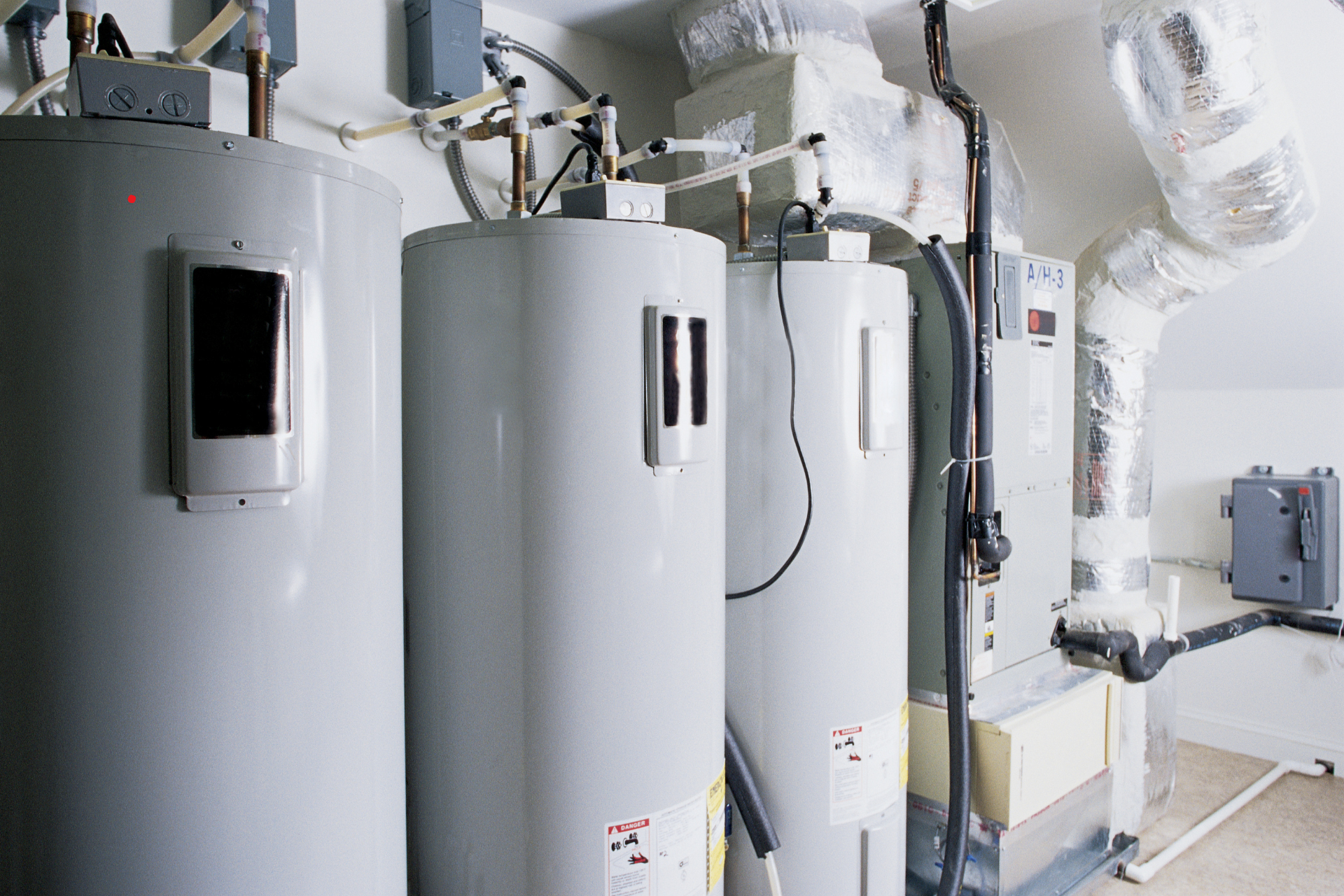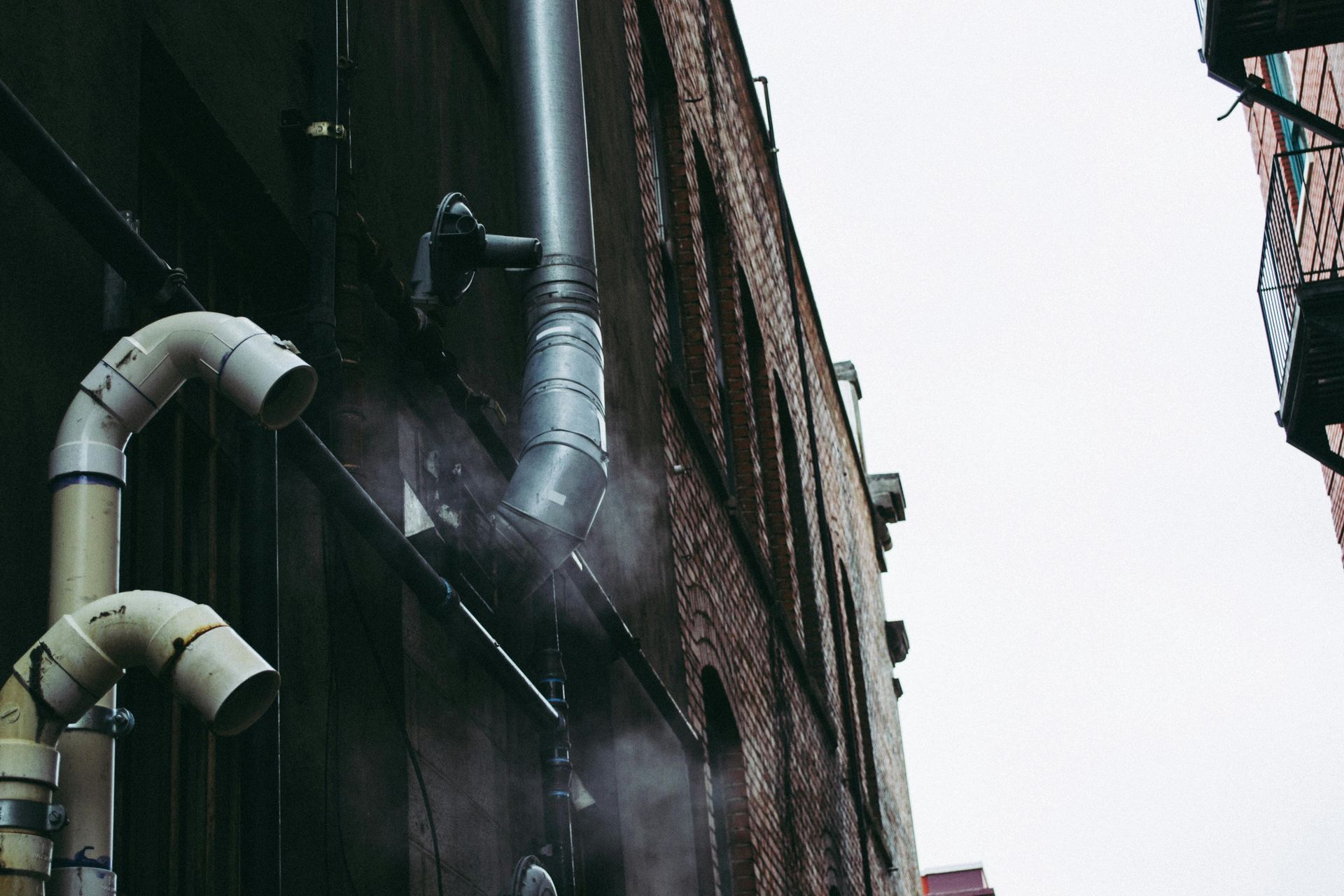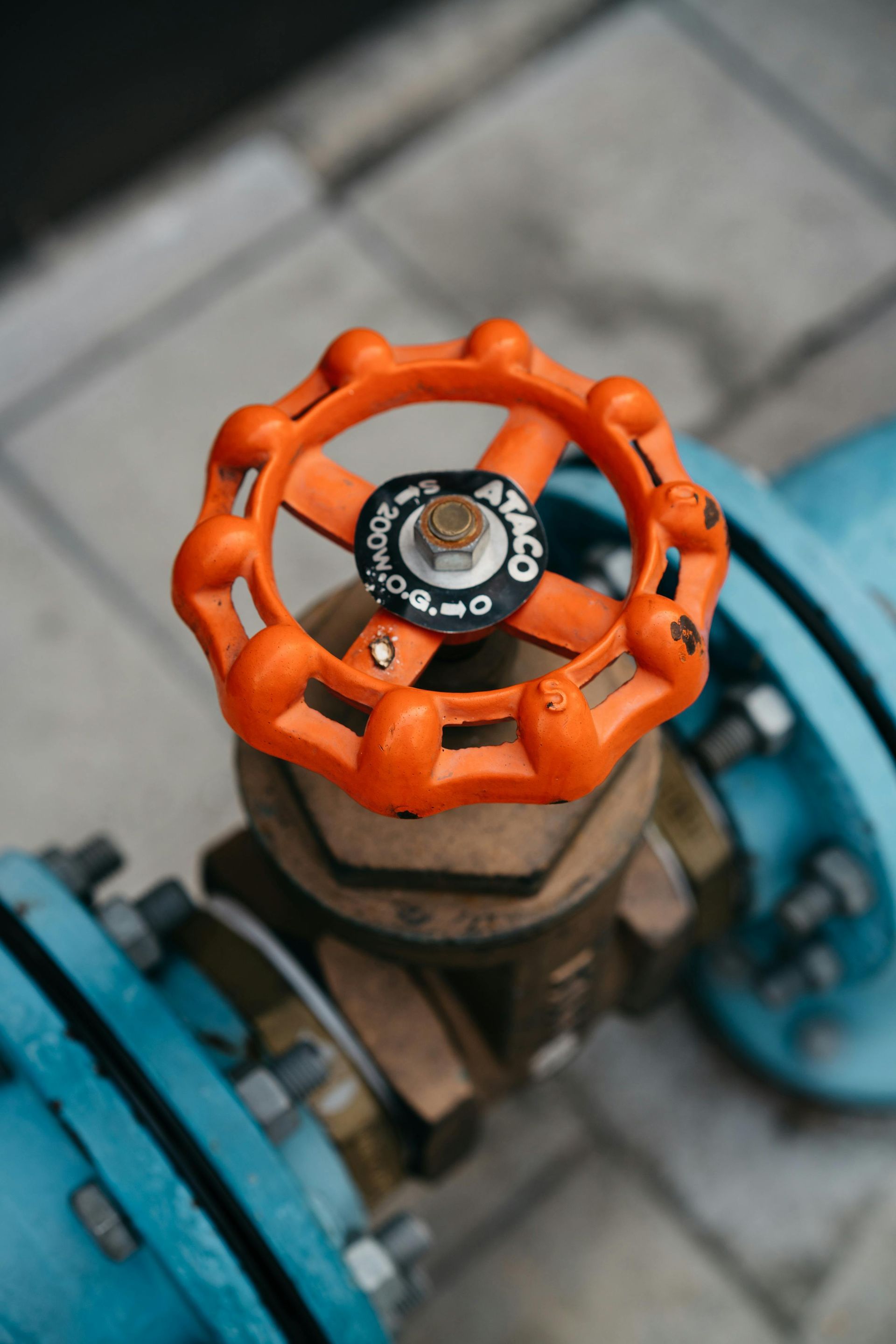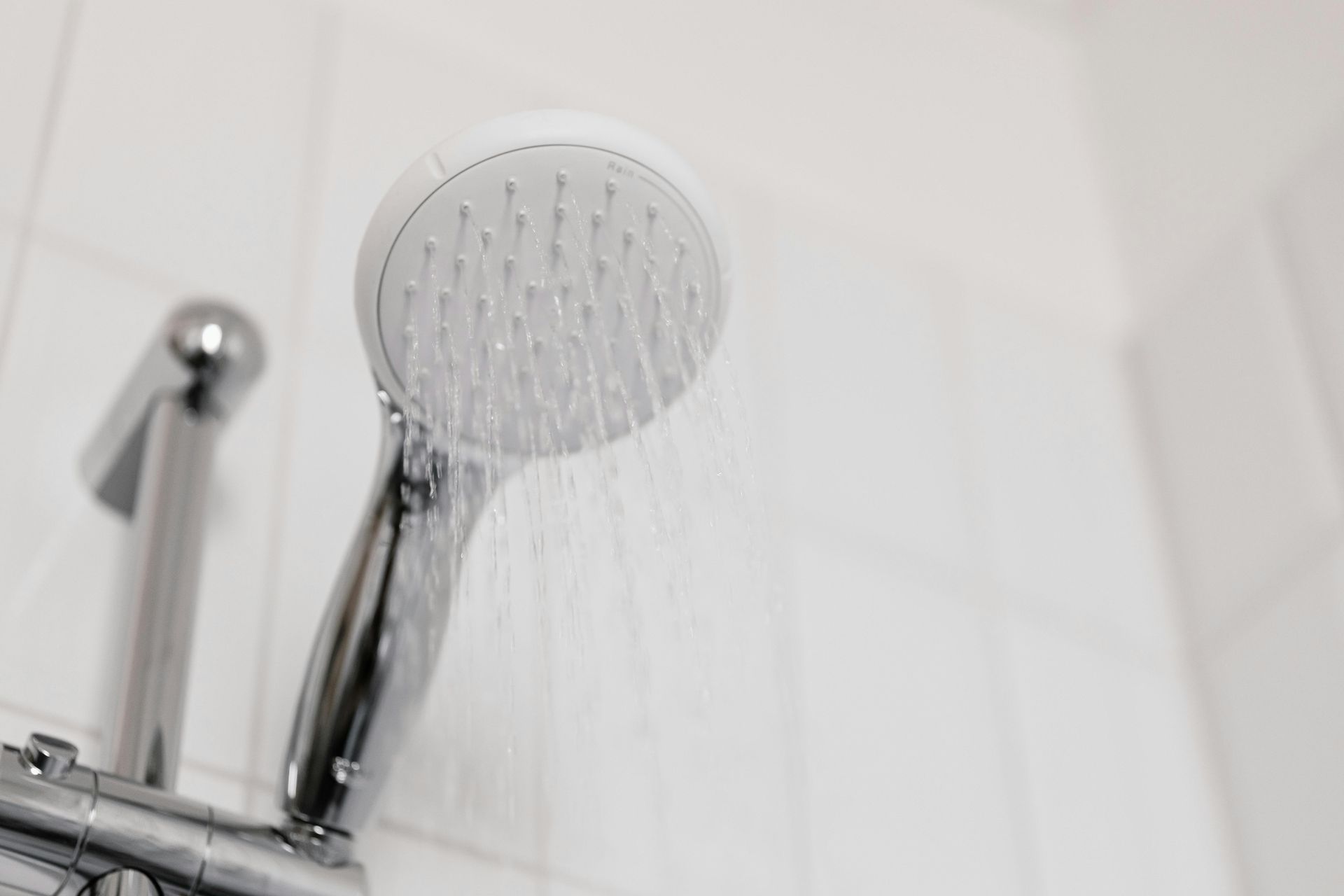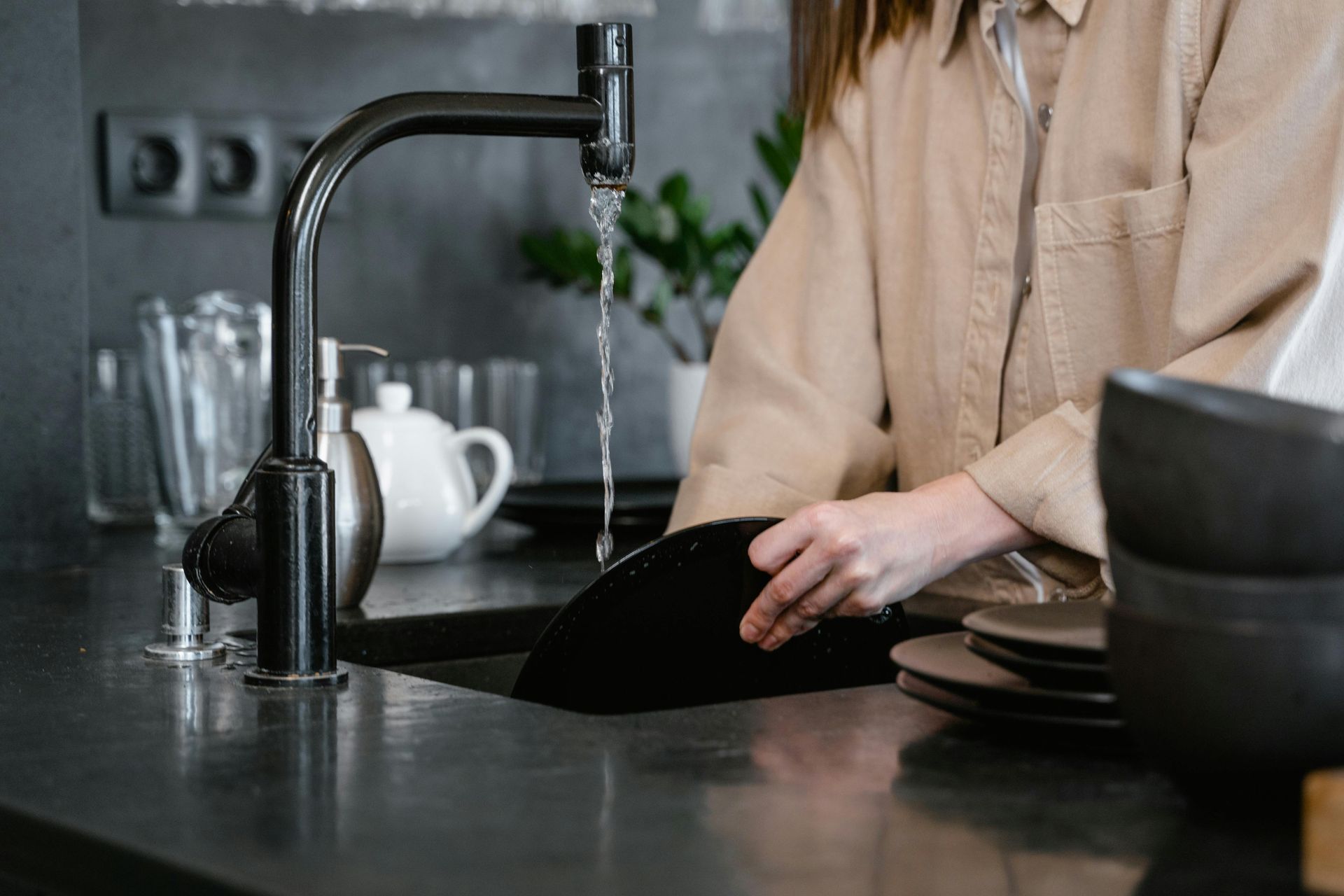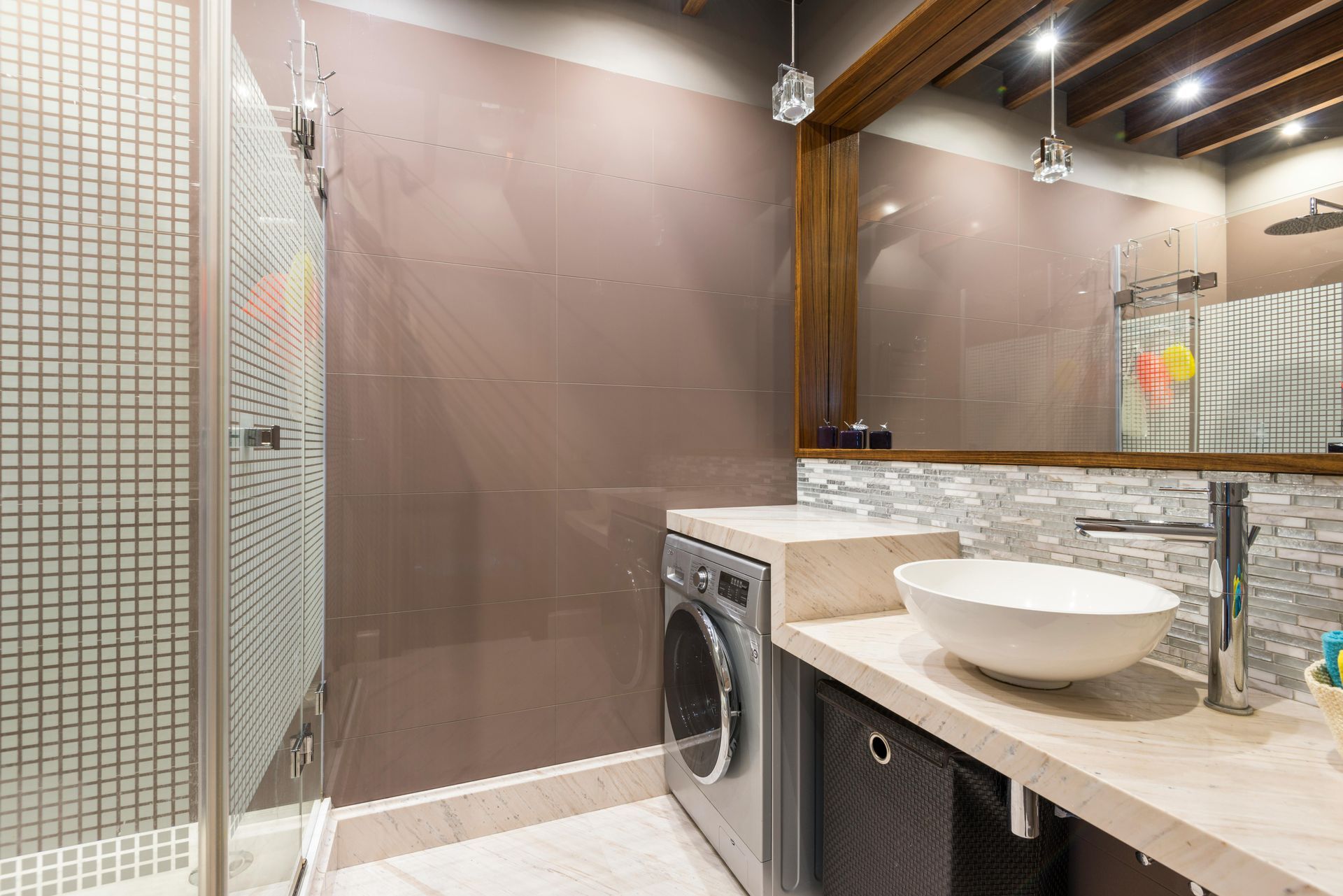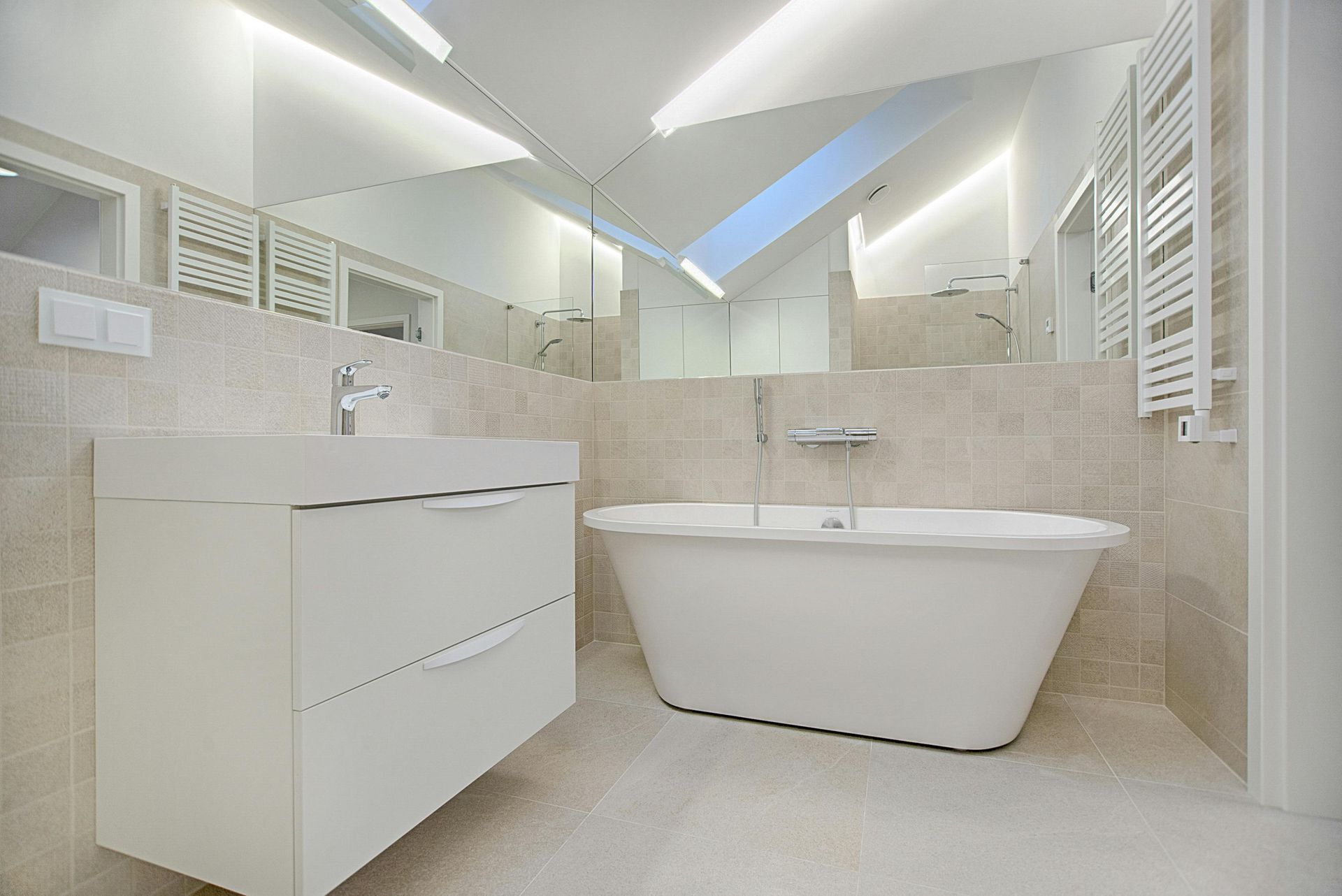What Is a Trap in Plumbing and What Types Are Commonly Used?
In every modern plumbing system, you’ll find a small but essential component called a trap. While it may seem like a minor part of the system, a plumbing trap plays a vital role in both hygiene and functionality. Without it, unpleasant odors and gases from your sewer system could easily enter your home or building.
In this article, we’ll explain what a trap is in plumbing, how it works, and what types of plumbing traps are most commonly used in residential and commercial systems.
What Is a Trap in Plumbing?
A plumbing trap is a curved or U-shaped section of pipe installed below or within a plumbing fixture—such as a sink, toilet, bathtub, or floor drain. Its main purpose is to retain a small amount of water, which acts as a barrier to prevent sewer gases from rising through the drain and entering indoor spaces.
Every time water flows through the fixture, the trap refills and maintains the water seal. This seal not only blocks odors but also prevents insects and bacteria from traveling up through the drain system.
How Does a Plumbing Trap Work?
The trap is designed to hold standing water at all times. Here’s how it functions:
- When you use a fixture, wastewater flows down the drain.
- Some of that water remains in the bend of the trap after each use.
- This retained water forms an airtight seal between the open drain and the sewer line.
- As long as the trap remains filled, sewer gases cannot pass through.
If the water in a trap evaporates (e.g., due to disuse or a ventilation issue), the seal is broken, allowing gases and odors to enter the space—often prompting the need for re-filling the trap or a plumbing inspection.
Common Types of Plumbing Traps
Several types of traps are used across different types of plumbing systems. Below are the most frequently encountered:
1. P-Trap
- Most common type used in sinks (kitchen and bathroom).
- Shaped like the letter “P” when viewed from the side.
- Easy to clean and maintain.
- Often made of PVC, ABS plastic, or metal (chrome or brass).
2. S-Trap
- Similar to a P-trap but shaped more like an “S”.
- Now largely outdated and discouraged by modern plumbing codes due to siphoning issues (which can break the water seal).
- Sometimes found in older homes or improperly retrofitted plumbing.
3. Drum Trap
- A cylindrical trap used historically for bathtubs and showers.
- Harder to access and clean than modern P-traps.
- Rarely installed in new construction today and often replaced during renovations.
4. Bottle Trap
- Compact design, often used in tight spaces or under pedestal sinks.
- Aesthetically preferred for exposed plumbing fixtures.
- Can be harder to maintain due to small internal volume.
5. Floor Trap / Gully Trap
- Installed in floors to collect wastewater from multiple sources.
- Common in laundry rooms, garages, or basements.
- Equipped with a removable cover for cleaning access.
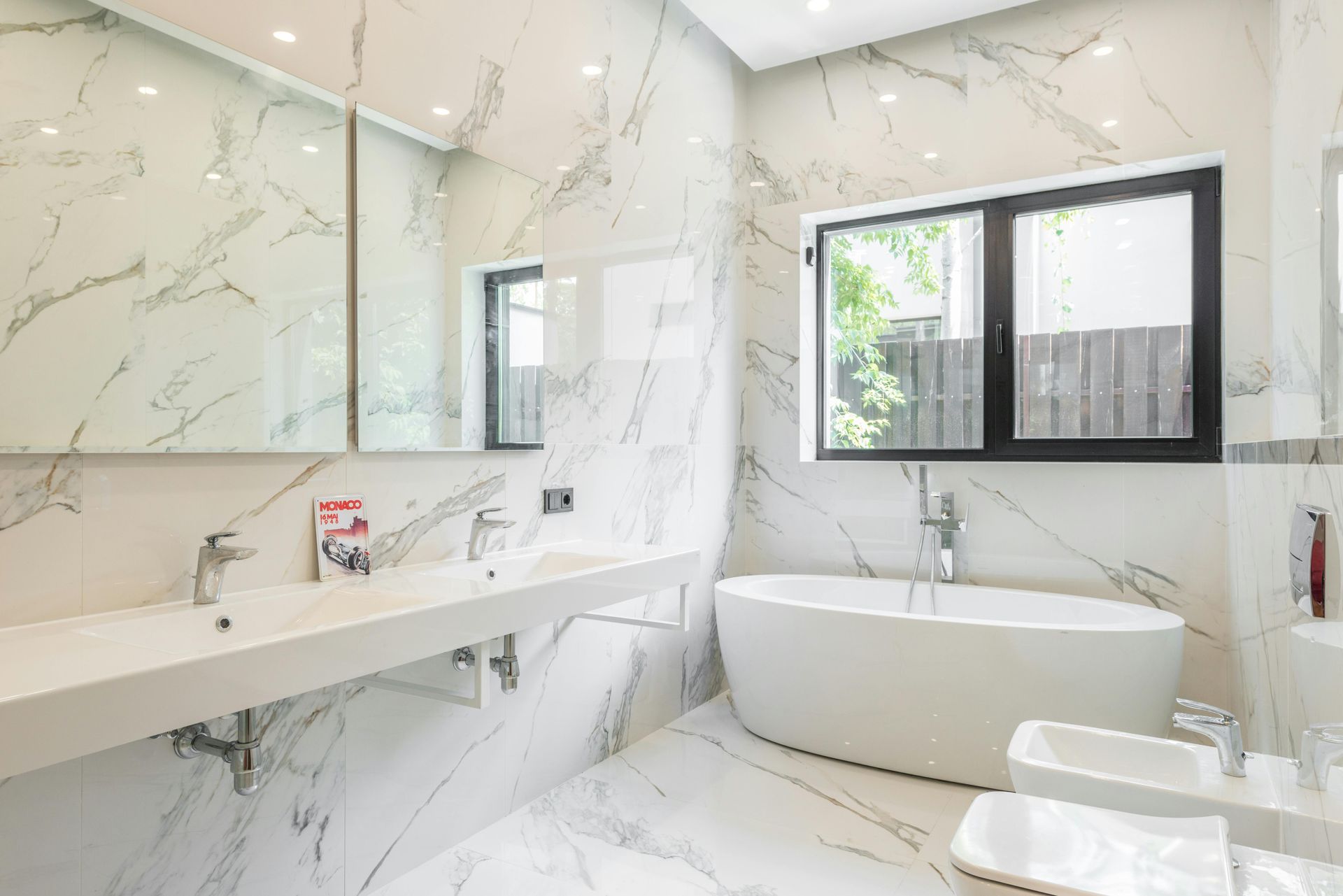
Why Plumbing Traps Matter
Plumbing traps are required by building codes because they:
- Prevent sewer gases from entering living areas
- Protect indoor air quality and safety
- Help catch debris (like rings or earrings) accidentally dropped down a drain
- Allow for easy access when clearing localized clogs
A malfunctioning or dry trap is one of the most common reasons for foul odors near drains—and a key point to check during plumbing inspections.
Final Thoughts
So, what is a trap for in plumbing? Simply put: it’s a small, curved section of pipe that holds water to block harmful sewer gases. Whether you’re dealing with a bathroom sink, kitchen drain, or utility floor drain, the plumbing trap plays a critical role in maintaining both hygiene and function.
If you suspect an issue with a trap or aren’t sure what type is installed in your system, Fly Plumbing can help inspect, identify, and resolve any problems with your drainage system.
Frequently Asked Questions
What is a trap in plumbing?
A plumbing trap is a curved section of pipe under a fixture that holds water to block sewer gases from entering indoor spaces.
What are the most common types of plumbing traps?
Common types include the P-trap, S-trap, bottle trap, drum trap, and floor or gully trap—each used in different plumbing situations.
Why is the water in a plumbing trap important?
The water in the trap forms a seal that prevents sewer odors, gases, and pests from traveling back up through the drain.



